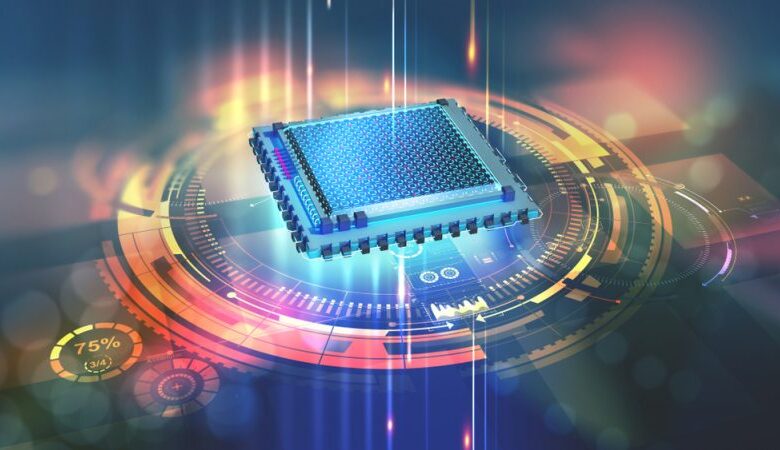Electronics Design Basics to Help You Get Ahead

If you’re interested in pursuing a career in electronics design, there are some basics you should know. This blog post will discuss some key concepts and skills you’ll need to succeed in this field. With this information, you can start honing your skills and knowledge so that you can get ahead in your career. This is a rewarding field. So, get ready to learn.
What is electronics design, and what are its basic principles?
Electronics design is the concept and practice of creating electronic products for various purposes. It is the combination of practical engineering, basic science, mathematics, and applied artistic aesthetics. The most fundamental principle of electronic design is creating an efficient circuit that follows the principles of Ohm’s law, such as voltage, current, resistance, and power. Creative thinking and problem-solving skills are essential components to completing a successful project in electrical engineering with various devices such as transistors, integrated circuits (microchips), diodes, voltage sources, etc. Designing would also include understanding appropriate schematics and proper wire connections to complete different tasks, such as encoding messages using binary numbers or controlling robots using artificial intelligence algorithms – all relying on an understanding of basic electrical principles.
How to get started in electronics design with some helpful tips and resources
For those interested in getting started with electronics design, there’s no shortage of helpful tips and resources available at your fingertips. Getting started may seem daunting at first, but with the proper foundation of knowledge and the know-how to use it, even a novice is capable of learning the basics. Some critical skills required include understanding how voltage and components operate, how to read circuit symbols, diagramming basics such as wiring a circuit, testing electronics projects for completion accuracy – and finally, soldering. Once you have this basic knowledge down, you can peruse tutorials online or buy instructional books from your favorite bookstores or library. Helpful internet resources include websites offering advice for the beginner, such as Electronic Hobbyist Magazine. Ultimately, with patience and practice, anyone can master electronics design!
Try to get to grips with other basics like MCAD ECAD integration, PCB layout, signal integrity, and EMI/EMC. That way, you can learn the critical basics for all forms of electronic design. Whilst the importance of simulation applications like MATLAB and SPICE is paramount, being able to hand-calculate circuit elements is a crucial skill. Learning from the masters and prototyping is also paramount.
The different stages of the electronics design process, from idea to implementation
Developing electronics from idea to implementation is a long but fascinating process. It begins with concept generation, during which ideas are generated and sorted according to practicality and technical feasibility. Next comes the prototyping phase, where those concepts are tested to ensure they adhere to safety standards. Afterward, the design is optimized for manufacturability and functionality before actual production commences. Finally, all components are combined in assembly testing. The circuit boards and other parts come together to form a complete product ready for sale—ushering in a new era of technology.
How to troubleshoot and debug your designs during development
Troubleshooting and debugging your designs during development is an important quality assurance step that helps ensure the project goes smoothly. Knowing some of the essential tools that are available for troubleshooting and debugging can be invaluable. After setting up your project with a development environment, run tests to determine how well it works with other related components and services; use breakpoints or log statements in code to track and view variable values as you are testing; take a look at the console logs to check for any unexpected issues; and finally check your design UI in multiple environments, on different platforms, and with different browsers to identify any discrepancies or improvements needed. With these basic approaches, you can keep working confidently towards the finished product.





